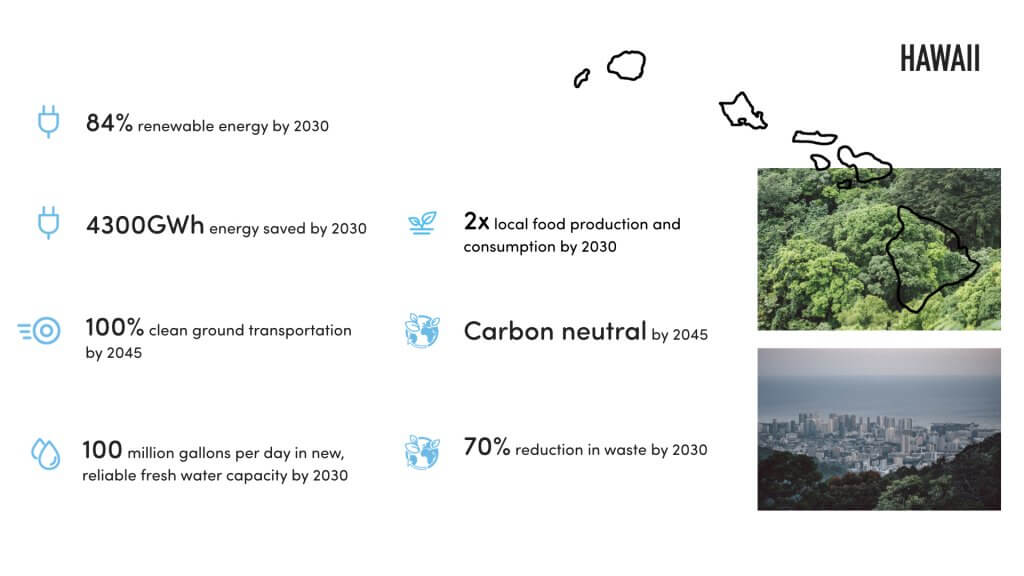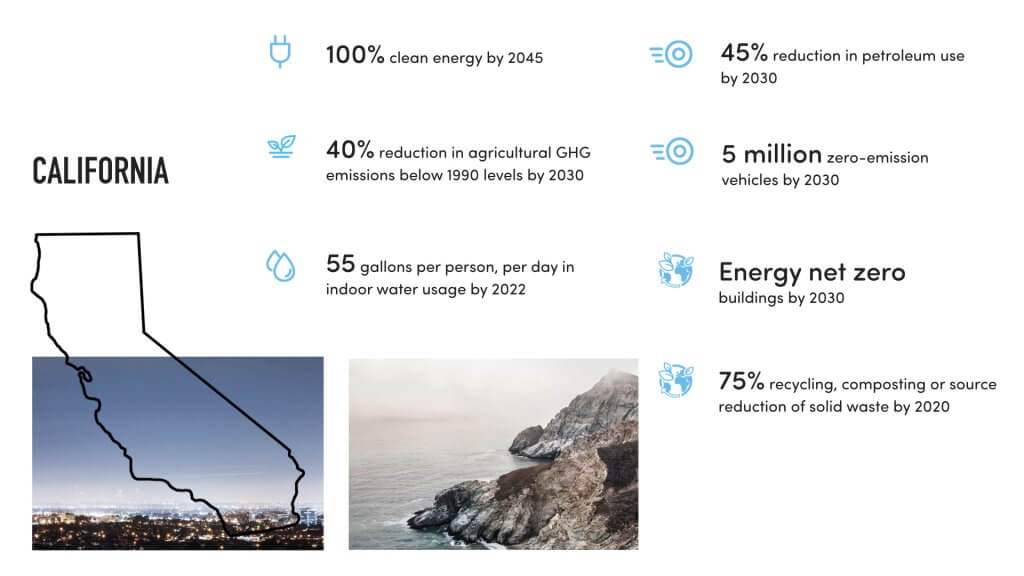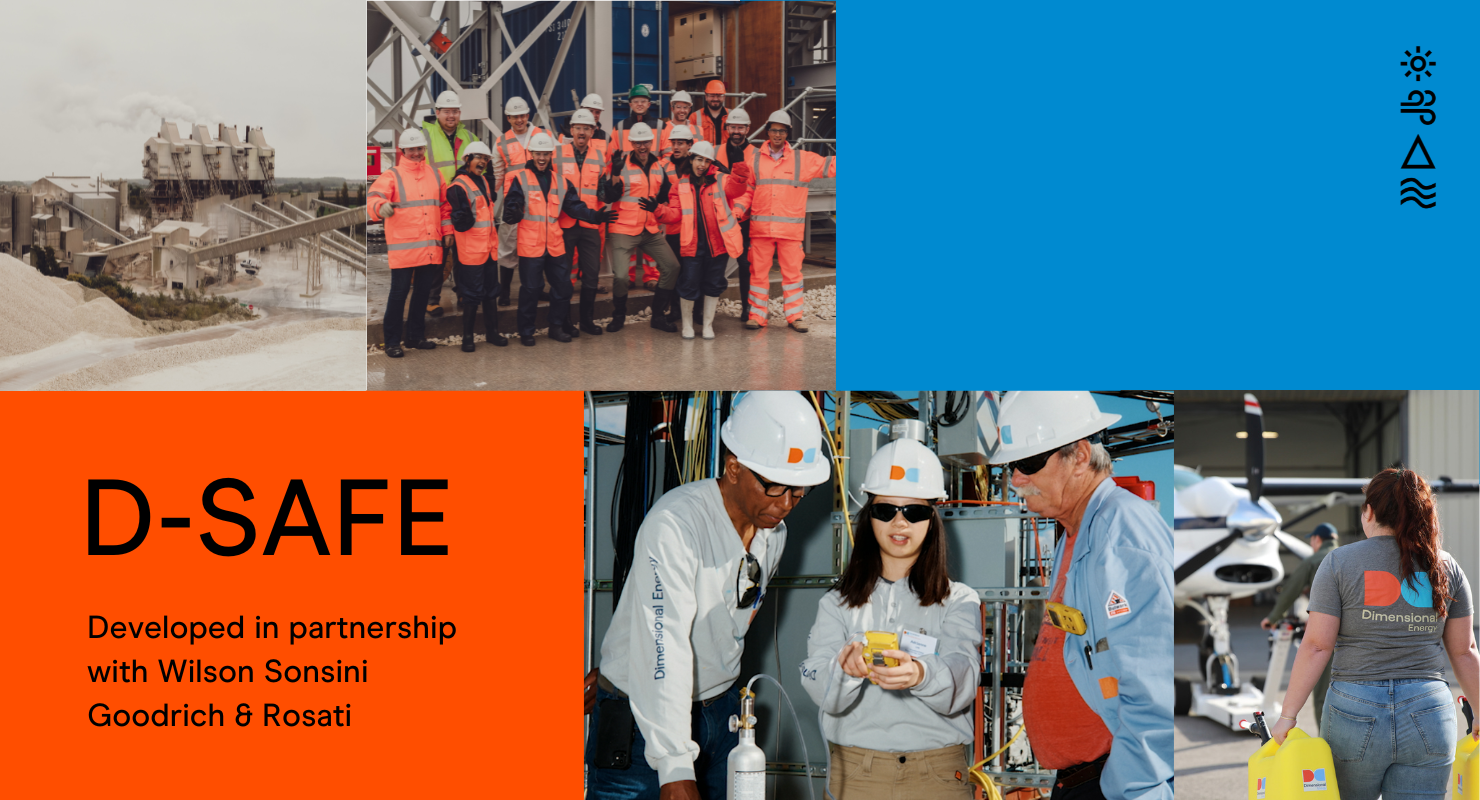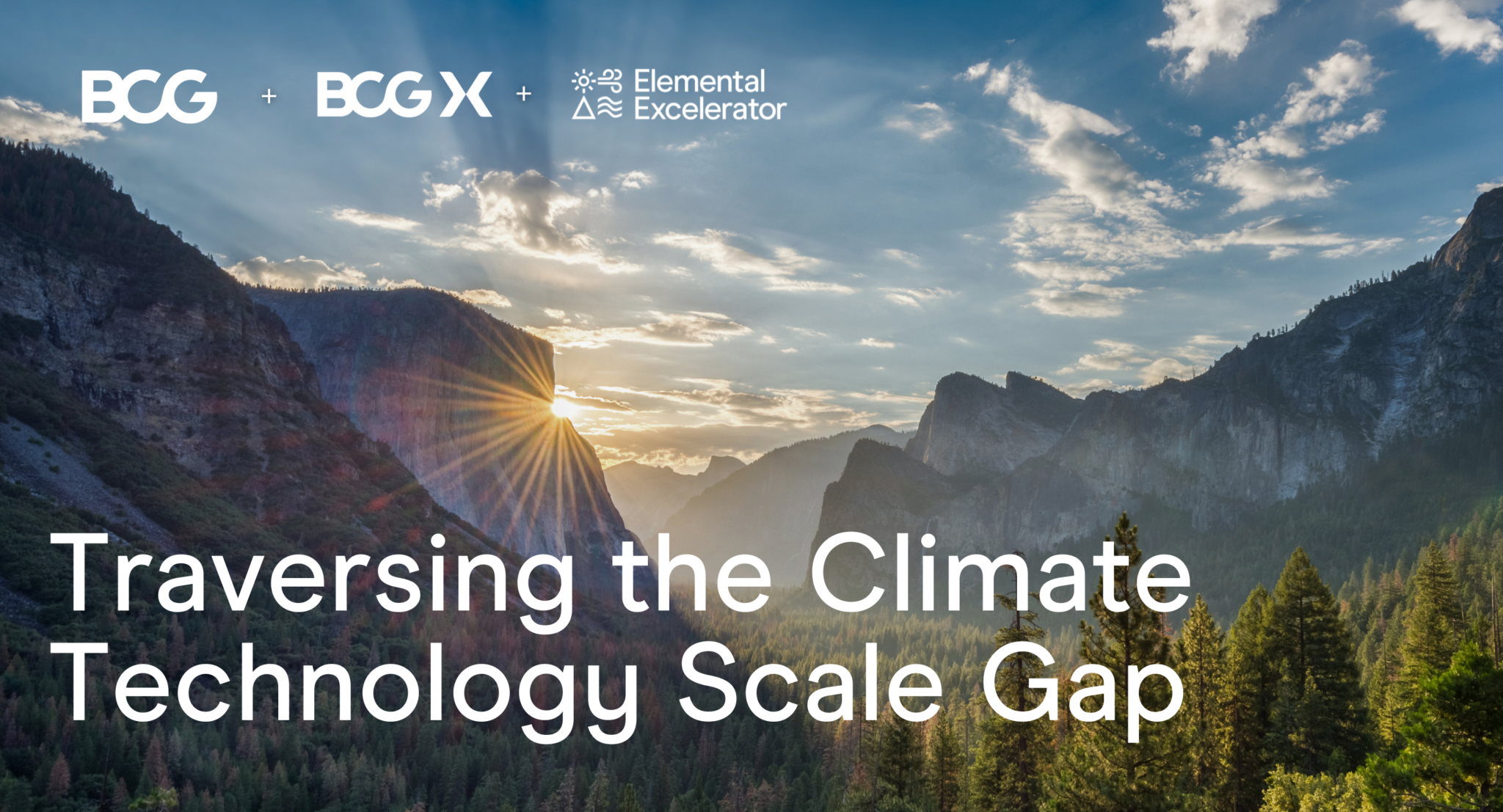
What is your North Star?
At Elemental Excelerator, we are working to create a world where the environment and communities thrive together. In order to drastically cut greenhouse gas emissions and protect our planet, we will need to creatively redesign and reinvent our underlying energy, agriculture, water, mobility, and economic systems. Not gradually and one at a time — urgently and all at once.
While a North Star defines the way toward your destination, you need an array of instruments and maps to ever arrive there. Working at the intersection of technology and community, our compass is our place-based approach to innovation. It is premised on the idea that each community — be it an island, a neighborhood, or a city — has a unique identity made up of resources, needs, cultures, and people. This is why we seek input on the challenges faced by local residents, businesses, and policymakers, and then find and implement solutions to address them.
We recently took that input from community members in Hawaii and California and devised a list of 39 different startup ideas that we’d like to fund for our next cohort. But a few questions remain: why those technologies, and not others? What do we want to achieve by funding them? How do they contribute to our overall goal of slashing emissions, countering climate change, and ensuring that the environment and communities thrive together?
Here, we’d like to provide more context by articulating our interconnected investment theses in the energy, water, agriculture, mobility, and circular economy sectors, and our place-specific goals in Hawaii and California. As those two states have some of the most ambitious environmental agendas and public policies in the country, some are adopted from existing local and statewide goals and initiatives. But they all share a common theme:
We envision a future where the systems that support our lives are cleaner and more efficient, interconnected, equitable, and regenerative.


While islands, neighborhoods, and cities are the right scale to design, test, deploy, and solve urgent environmental issues in a systemic and just way, what we learn in doing it can then scale globally.
Interested in working with us? Apply for our next cohort here, refer a company to us here, or explore other opportunities to plug into Elemental Excelerator here.
* * *
ENERGY
Our energy systems will be increasingly decarbonized and distributed, with variable and firm low-carbon energy sources gaining increasing market share. We invest in energy companies that enable and increase the deployment of clean energy and reduced energy use, and companies that ensure that access to technologies and benefits are equitably distributed.
![]() Hawaii goals. As an island archipelago, Hawaii is an ideal place to deploy and measure the impact of a combination of technologies. And as the first state to set a 100% renewable energy goal, our work here can serve as the beacon for other states and countries to follow.
Hawaii goals. As an island archipelago, Hawaii is an ideal place to deploy and measure the impact of a combination of technologies. And as the first state to set a 100% renewable energy goal, our work here can serve as the beacon for other states and countries to follow.
- 84% renewable energy by 2030. The state of Hawaii’s renewable energy goals are currently set at 40% by 2030 and 100% by 2045. We fully support those goals but think we can do even better. In fact, a report we commissioned in 2018 entitled Transcending Oil showed that it’s possible to achieve between 58% and 84% by 2030, simply by following the most cost-effective path.
- We are also aligned with Hawaii’s Energy Efficiency Portfolio Standard of 4300 GWh energy saved by 2030.
![]() California goal. California’s economy is the 5th largest in the world, and its total energy consumption is the second highest in the country. By becoming the largest jurisdiction to legally commit to 100% clean energy, it dramatically expands the scope of climate policy possibilities.
California goal. California’s economy is the 5th largest in the world, and its total energy consumption is the second highest in the country. By becoming the largest jurisdiction to legally commit to 100% clean energy, it dramatically expands the scope of climate policy possibilities.
- 100% clean energy by 2045, as set out by SB-100.
* * *
AGRICULTURE
In order to feed an estimated 10 billion people by 2050, we will need to produce 50% more food on the same amount of land used today. More local farms, more regenerative agriculture models, and increased resource efficiency will ensure land and oceans can thrive over the long term. We invest in companies across the supply chain that enable more local, regenerative, efficient, and productive food and agriculture systems.
![]() Hawaii goal. Hawaii currently imports 85-90% of its food. Despite Hawaii’s finite resources and aging agricultural infrastructure, we see abundant potential to increase the islands’ food self sufficiency.
Hawaii goal. Hawaii currently imports 85-90% of its food. Despite Hawaii’s finite resources and aging agricultural infrastructure, we see abundant potential to increase the islands’ food self sufficiency.
- Double local food production and consumption by 2030, as set out in the Aloha+ Challenge.
![]() California goal. California’s abundant crop production — over a third of the country’s vegetables and two-thirds of the country’s fruits and nuts are grown there — is a potent source of greenhouse gas emissions. But agriculture can also be a carbon sink, where carbon is stored (sequestered) in both crops and soil. Regenerative agriculture is key to mitigating carbon emissions and to reducing the amount of carbon already in our atmosphere.
California goal. California’s abundant crop production — over a third of the country’s vegetables and two-thirds of the country’s fruits and nuts are grown there — is a potent source of greenhouse gas emissions. But agriculture can also be a carbon sink, where carbon is stored (sequestered) in both crops and soil. Regenerative agriculture is key to mitigating carbon emissions and to reducing the amount of carbon already in our atmosphere.
- Reduce agricultural greenhouse gas (GHG) emissions in line with the state’s overall GHG target of 40% below 1990 levels by 2030, as articulated in SB-32.
* * *
MOBILITY
We’re hardly alone in seeing a new era of mobility unfolding before our eyes, with all modes of transportation becoming decarbonized (largely electrified and/or shared), multi-modal, and connected. We invest in mobility solutions — for people and goods — that enable and accelerate these transitions.
![]() Hawaii goal. Aside from the millions of barrels of oil used for aviation and shipping, Hawaii now burns more oil in ground transportation than in our entire electric grid. And we are buying more cars and driving them longer distances than ever before. That’s why we believe new mobility options present huge opportunities for climate and for better lifestyles.
Hawaii goal. Aside from the millions of barrels of oil used for aviation and shipping, Hawaii now burns more oil in ground transportation than in our entire electric grid. And we are buying more cars and driving them longer distances than ever before. That’s why we believe new mobility options present huge opportunities for climate and for better lifestyles.
- 100% clean ground transportation by 2045, following the joint commitment made by Hawaii’s four mayors.
![]() California goal. While vehicles have gotten more efficient and electric vehicle ownership continues to climb in California, those gains are blunted by the overall number vehicles on the road and rising vehicle miles traveled. We see particularly strong opportunities in increasing the affordability and availability of new mobility options for residents in low- to moderate-income communities, who often have the longest commutes and suffer the most from pollution.
California goal. While vehicles have gotten more efficient and electric vehicle ownership continues to climb in California, those gains are blunted by the overall number vehicles on the road and rising vehicle miles traveled. We see particularly strong opportunities in increasing the affordability and availability of new mobility options for residents in low- to moderate-income communities, who often have the longest commutes and suffer the most from pollution.
- Reduce petroleum use by 45% and get 5 million zero-emission vehicles (ZEVs) on the road by 2030, as targeted by Executive Order B-48-18.
* * *
WATER
Water scarcity and quality on the upstream side, and water use and cleanup on the downstream side, will deteriorate in the face of climate change. We invest in companies that steward this resource by economically conserving, producing, recycling, and/or treating water.
![]() Hawaii goal. Hawaii relies on groundwater for over 90% of its drinking water, and aquifer levels are down due to a variety of factors, including larger population growth and consumption and aging infrastructure. As worldwide water supply challenges grow and fresh water becomes the “new oil,” Hawaii has an opportunity to attract talent and technology, and lead in yet another critical field.
Hawaii goal. Hawaii relies on groundwater for over 90% of its drinking water, and aquifer levels are down due to a variety of factors, including larger population growth and consumption and aging infrastructure. As worldwide water supply challenges grow and fresh water becomes the “new oil,” Hawaii has an opportunity to attract talent and technology, and lead in yet another critical field.
- Reach 100 million gallons per day in new, reliable fresh water capacity by 2030, in line with the Hawaii Fresh Water Initiative.
![]() California goal. Water is a true place-based resource — the water challenges for California’s central-valley communities are vastly different from those faced by coastal cities. On top of that, California’s recurring drought problems, agricultural demand for irrigation, and the risks of fertilizer runoff make the state a target-rich environment to deploy our place-based approach to water innovation.
California goal. Water is a true place-based resource — the water challenges for California’s central-valley communities are vastly different from those faced by coastal cities. On top of that, California’s recurring drought problems, agricultural demand for irrigation, and the risks of fertilizer runoff make the state a target-rich environment to deploy our place-based approach to water innovation.
- Expand urban and agricultural water efficiency, including reducing indoor water usage to 55 gallons per person, per day by 2022, and 50 gallons by 2030, in accordance with “Making Water Conservation a California Way of Life.”
* * *
CIRCULAR ECONOMY
Moving beyond our disposable industrial model will require companies who find market solutions to design out pollution and waste, create value from greenhouse gas emissions and other waste products, keep products in use, reuse materials, and regenerate natural systems.
![]() Hawaii goals. Hawaii is acutely aware of pollution in our oceans and waterways, killing wildlife, decimating coral reefs, and entering the human food chain. On some of the beaches in Hawaii’s Big Island, as much as 15% of the “sand” is actually grains of microplastic. And as with any island system where space is at a premium and most goods need to be imported, it’s especially important to uncover new ways to minimize waste and make more use out of less materials.
Hawaii goals. Hawaii is acutely aware of pollution in our oceans and waterways, killing wildlife, decimating coral reefs, and entering the human food chain. On some of the beaches in Hawaii’s Big Island, as much as 15% of the “sand” is actually grains of microplastic. And as with any island system where space is at a premium and most goods need to be imported, it’s especially important to uncover new ways to minimize waste and make more use out of less materials.
- Make the state carbon neutral by 2045, per House Bill 2182, signed into law in June, 2018.
- Reduce waste by 70% by 2030, in line with the Aloha+ Challenge.
![]() California goals. California’s recycling rate is down from a high of 50% in 2014 to 44% in 2016. With China recently closing its doors to the world’s trash, the rest of us are (rightly) left with the task of figuring out what to do with all our trash.
California goals. California’s recycling rate is down from a high of 50% in 2014 to 44% in 2016. With China recently closing its doors to the world’s trash, the rest of us are (rightly) left with the task of figuring out what to do with all our trash.
- Zero net energy buildings by 2030, as spelled out in the California Energy Efficiency Strategic Plan.
- 75% recycling, composting or source reduction of solid waste by 2020, from the state’s 75% Recycling Initiative.
* * *
Already solving one or more of these challenges? Apply to Elemental Excelerator for funding, support, and access to our networks of aligned partners, investors, and others.
Photo by Alex Siale on Unsplash




